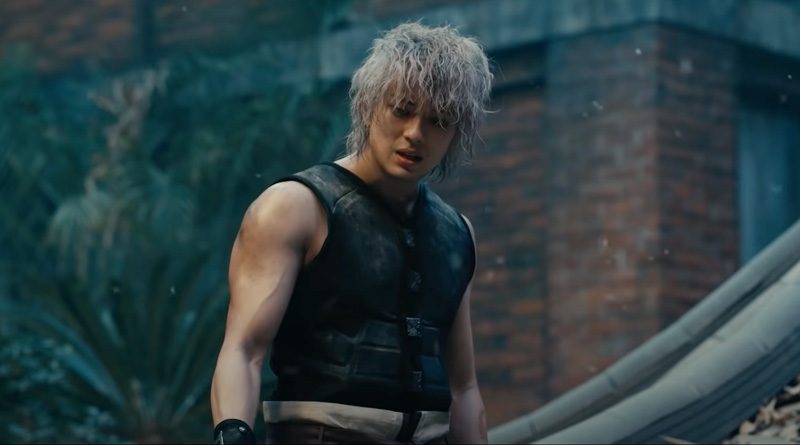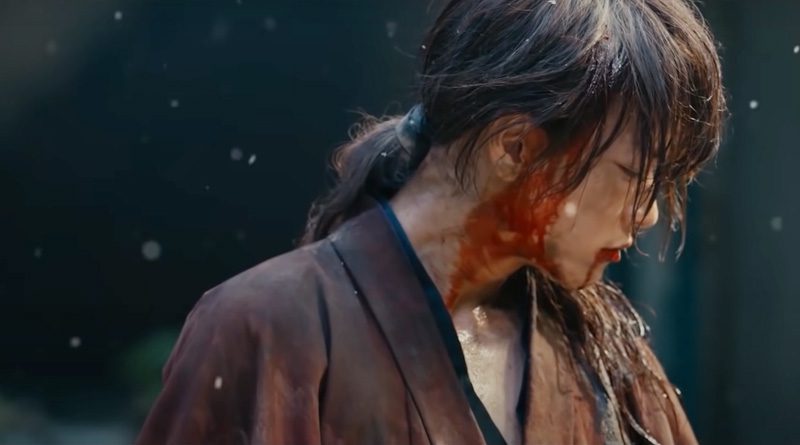Rurouni Kenshin: The Final るろうに剣心 最終章 (2021) Review
Almost two months after Rurouni Kenshin: The Final made its theatrical debut in Japan in April, we finally get to see stream the long-awaited fourth instalment of the Rurouni Kenshin live-action film series on Netflix.
This time, the film sees Himura Kenshin’s (Takeru Satoh) and his friends (Yu Aoi’s Megumi and Munetaka Aoki’s Sagara Sanosuke) currently living a peaceful life. But not for long when Enishi Yukishiro (Mackenyu Arata) arrives in town looking to seek vengeance against Kenshin, who was responsible for his sister and Kenshin’s late wife’s death (Kasumi Arimura’s Tomoe). The film also briefly deals with Kenshin’s past like how he first got his cross-shaped sword scar on his left cheek.
As in Rurouni Kenshin trilogy (2012’s Rurouni Kenshin, 2014’s Rurouni Kenshin: Kyoto Inferno and Rurouni Kenshin: The Legend Ends), Keishi Otomo is again served as the director. Here, he uses more or less the same storytelling beats, complete with a running time — 138 minutes, to be exact — that feels overlong and could have used some tighter edits. This is especially true during the drawn-out middle part of the film.
While the story treads the all-too-familiar grounds surrounding the themes of vengeance and redemption, Rurouni Kenshin: The Final still benefits from its impressive action sequences. Although I personally prefer the one seen in the first Rurouni Kenshin, returning action director Kenji Tanigaki still does a good job choreographing the elaborate sword fights. He brilliantly incorporates speed, agility as well as movements and slow motion like the way Kenshin swiftly draws his reverse-blade katana a.k.a. sakabato upon facing his opponent. It also helps that Otomo and cinematographer Takuro Ishizaka favours a lot of long takes and fluid camerawork, allowing you to appreciate the intricate choreography.

Not to mention the combination of wirework and CG is seamlessly integrated within the largely practical fight scenes. The final 40 minutes is particularly the major highlight here, showcasing Tanigaki’s kinetic choreography in full display as we see Kenshin fights his way through, first against an army of samurai before finally facing Enishi at the end.
For the latter, Otomo smartly eschews the use of typically dramatic music to heighten the final showdown between Kenshin and Enishi. Instead, the only music that you hear the most is the sound of two opposing blades clashing against each other while highlighting Enishi’s rage and hatred against Kenshin.
As for the cast, Takeru Satoh gives a typically engaging and sympathetic performance as Kenshin while others, namely Munetaka Aoki and Yu Aoi both deliver solid supports reprising their respective roles as Sagara Sanosuke and Takani Megumi. Franchise newcomer Mackenyu Arata (yes, he’s the son of the legendary actor Sonny Chiba) excels in his major antagonist role as the vengeful Enishi Yukishiro.
Rurouni Kenshin: The Final serves as a two-part finale of the live-action saga, with the fifth and final instalment titled Rurouni Kenshin: The Beginning already made its debut in Japanese cinemas earlier this month. Just like Rurouni Kenshin: The Final, the prequel will be available for streaming on Netflix this year.
Rurouni Kenshin: The Final is currently streaming on Netflix.





